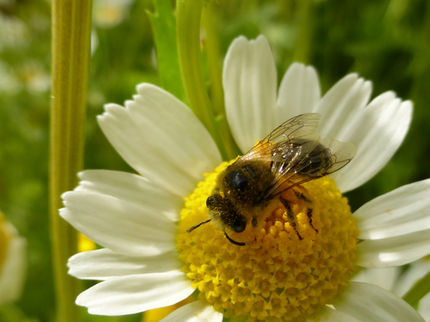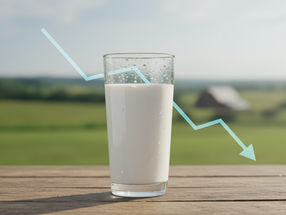Apple or pineapple?
Transport and packaging often determine the climate balance of our food
Advertisement
In a new study, ifeu - Institute for Energy and Environmental Research Heidelberg has determined the ecological footprint of 200 everyday foods and dishes. It shows that whether an apple is better for the environment and climate than a pineapple depends less on the fruit than on the production conditions. But a look at the climate effect of food often does not tell the whole truth.

Photo by Markus Spiske on Unsplash
Apple, strawberries and peaches - freshly harvested, these three fruits are among the most climate-friendly foods you can buy in German supermarkets. However, they do poorly as New Zealand apples, winter strawberries or canned peaches.
"With our food in the supermarket, the environmental and climate balance is often less dependent on the product than on where and how these products were grown and then transported and packaged," says Dr. Guido Reinhardt, head of the study "Ecological Footprint of Food and Food Products in Germany", which has now been presented. Five product groups were examined, including fruit, vegetables, meat and dairy products and vegetarian-vegan substitute products.
A pineapple delivered to Germany by plane then comes off more than 25 times worse in the climate check than the same fruit delivered by ship. The situation is often similar for domestic vegetables such as mushrooms, kale or beans when they are fresh or canned in a glass or tin in the supermarket.
"Changed land use" consistently taken into account for the first time
"In many cases, disposable metal or glass packaging has a greater climate effect than the actual food itself. This also applies to many beverages such as wine and beer - often it's the cover rather than the contents that counts," says Dr. Reinhardt.
In addition, the area of land on which the food is grown also plays a role: If tropical rainforests are cleared for the cultivation of palm oil or (as in Germany) peatlands are converted for agriculture, the climate gas balances deteriorate considerably, in some cases up to twice the CO2 footprint.
The novelty of the current study is that such land use changes have been consistently included for all food products.
All in all, the ifeu study confirms that fresh, seasonally and regionally grown fruit and vegetables are on average much more climate-friendly than out-of-season food imported from faraway countries. It also confirms that a switch to less meat and dairy products are the key factors for a sustainable change in nutrition.
Organic does not save the climate - but water, soil and resources
Surprisingly, meat, milk and eggs from organic farming sometimes do not perform any better or even worse in terms of climate effect than products from conventional farming. This is because organic farms require more land because they produce lower yields - accordingly, the researchers also base their calculations on higher hectare numbers, which can lead to higher CO2 emissions. "This shows that simply looking at CO2 emissions does not tell the whole ecological truth," explains Dr. Guido Reinhardt.
"The slightly higher emissions are more than compensated for by significantly lower pesticide use, more sustainable soil management and increased biodiversity. In agriculture in particular, a view restricted to CO2 emissions alone can greatly distort the overall ecological assessment," emphasizes Dr. Reinhardt.
The supplement helps to decide on the ecological balance of the lunch
In the second part of the study, the ifeu examines how climate-friendly different dishes are. In particular, some foods with unexpectedly large effects on CO2 emissions per portion stand out.
"Beef and rice not only have a high climatic effect, but also require a lot of fertilizer and water for production," says Dr. Reinhardt. Instead of beef, you can choose the much more climate-friendly pork or soy granulate, especially for minced meat dishes. In our culinary latitudes, however, rice as a side dish can often be easily replaced by noodles, potatoes or spelt. The result is not only less greenhouse gases, but also half the area and fertilizer footprint and a hundred times less ecological footprint for water. Here, too, what counts is that CO2 must not be the sole environmental criterion for sustainable nutrition.
Study provides orientation
The ifeu study is now to serve consumers* and consultants* as an orientation aid for a climate and environmentally conscious diet.
"We want to contribute to more clarity here," says Dr. Reinhardt. This is because some of the data published to date on the CO2 footprints of foods differ considerably from one another.
These deviations often result from the balance framework. However, such differences are not transparent for consumers* and in nutritional advice. This is why the ifeu has now for the first time specifically compared the influence of production, transport, packaging and different boundary conditions, for example for seasonal foods and, above all, land use.
Note: This article has been translated using a computer system without human intervention. LUMITOS offers these automatic translations to present a wider range of current news. Since this article has been translated with automatic translation, it is possible that it contains errors in vocabulary, syntax or grammar. The original article in German can be found here.



































































